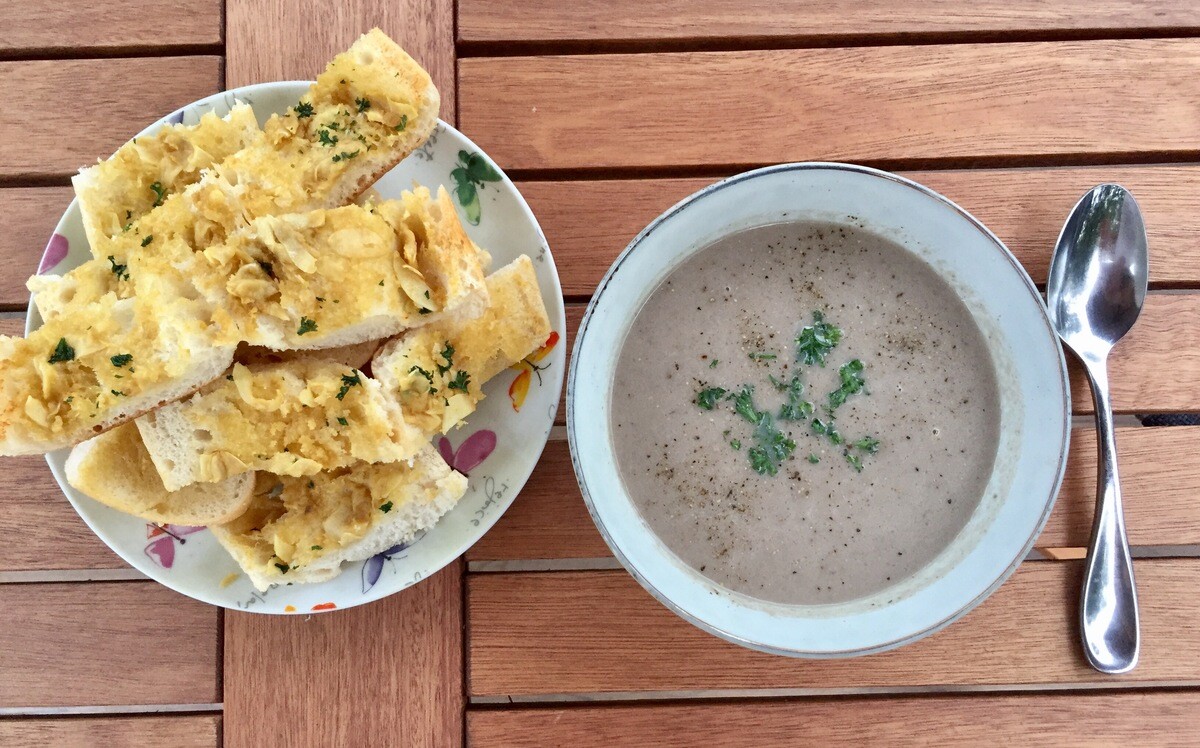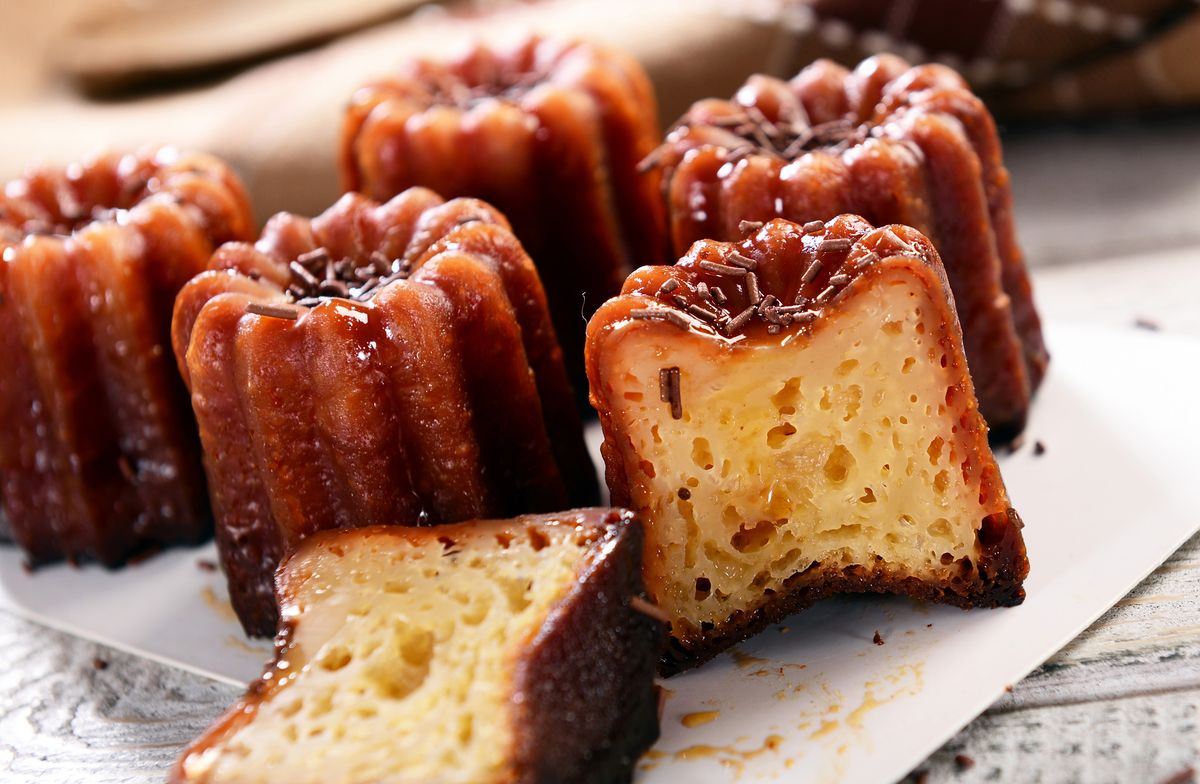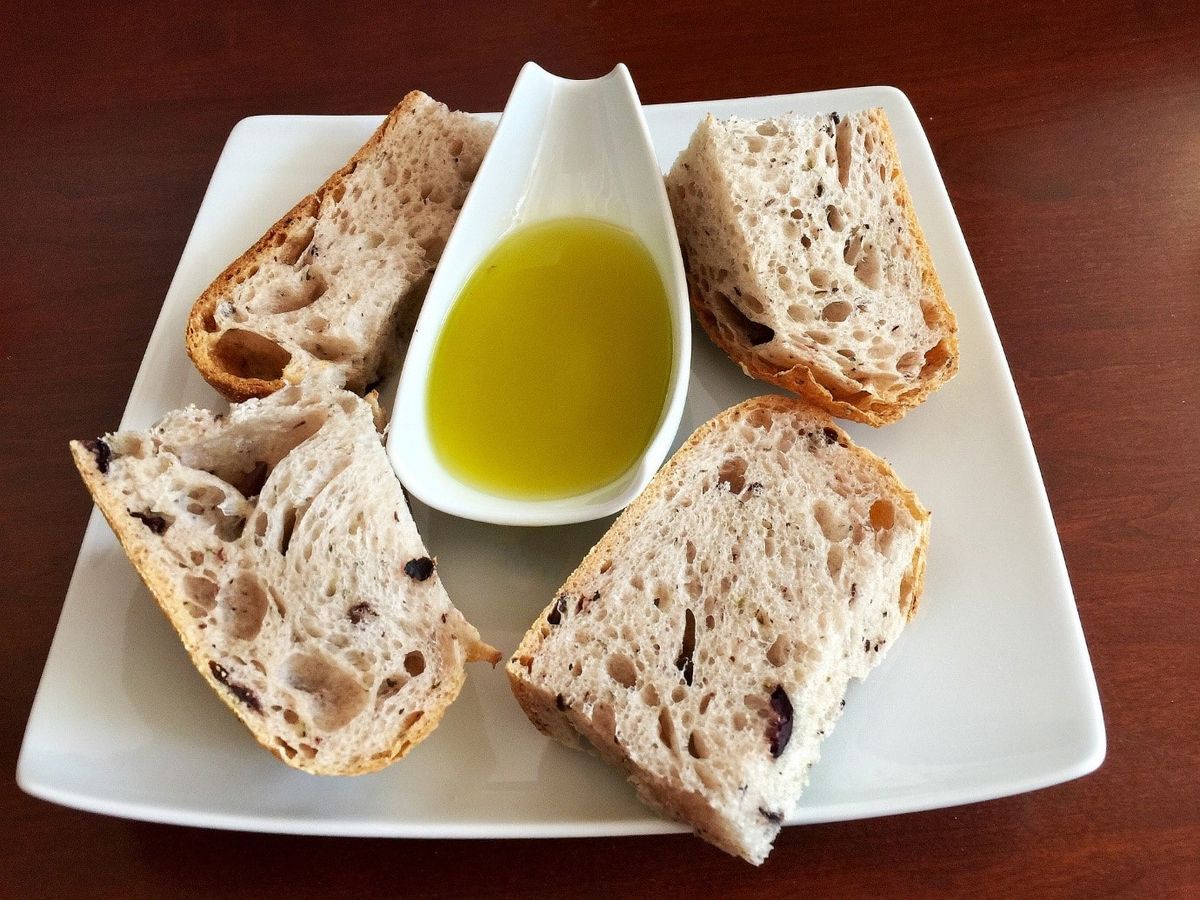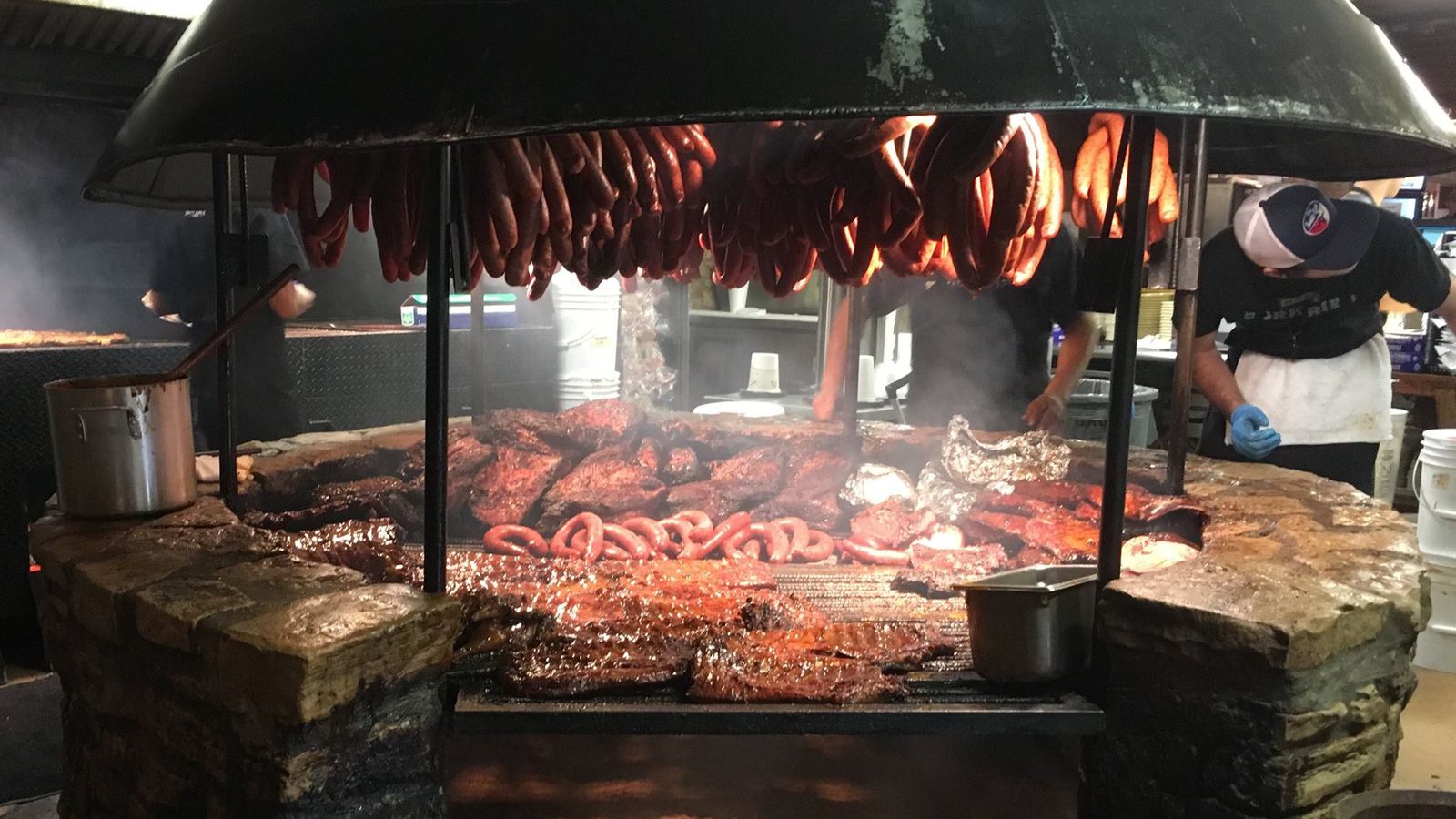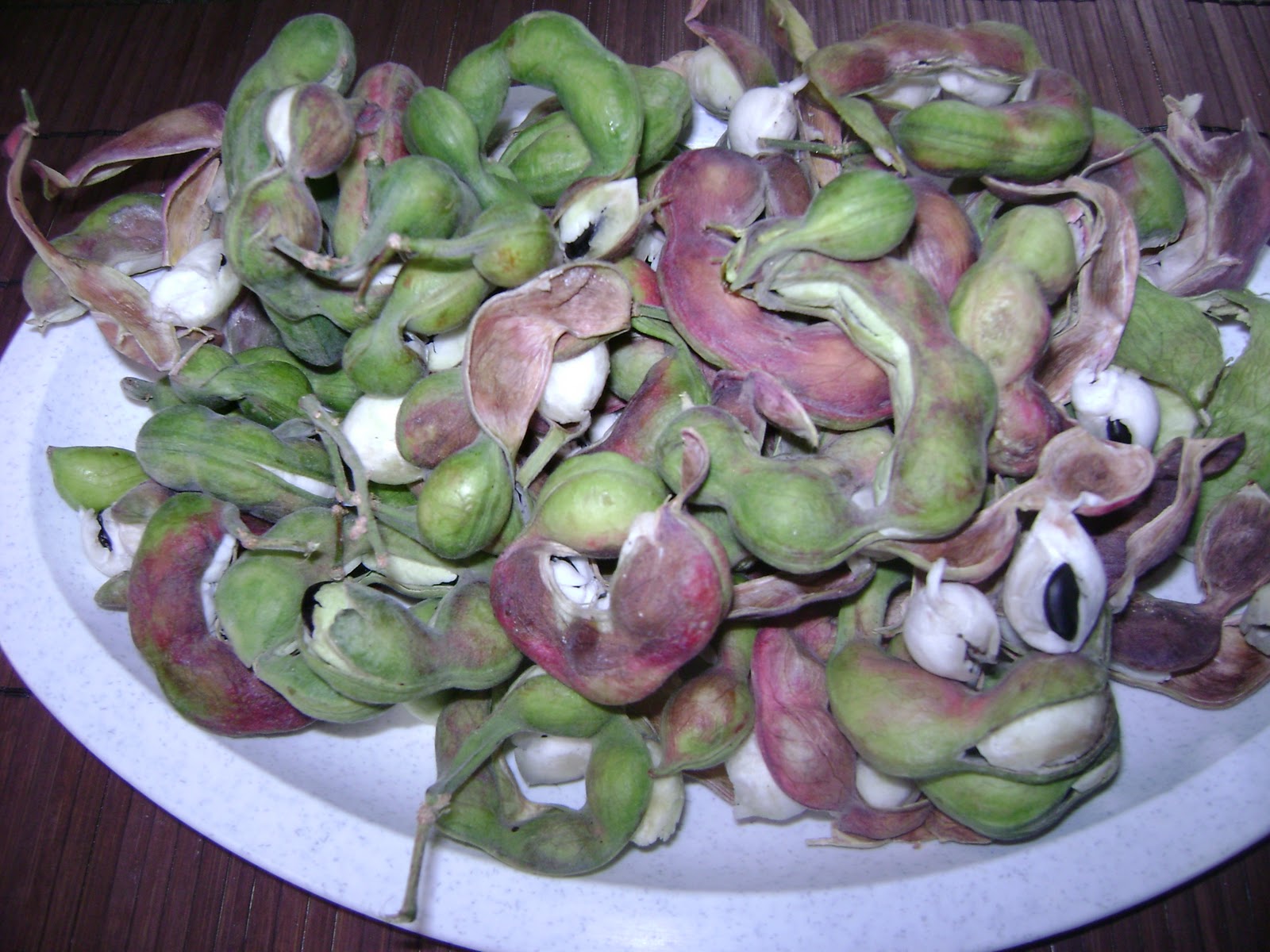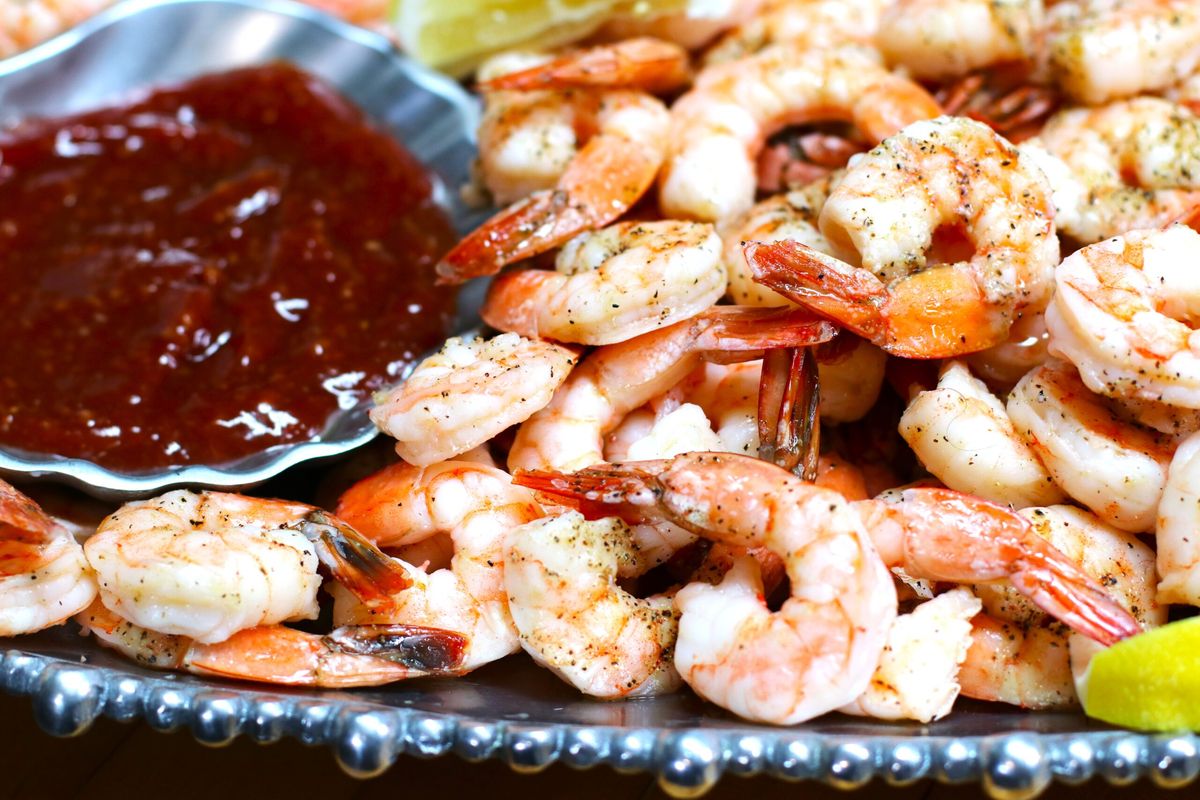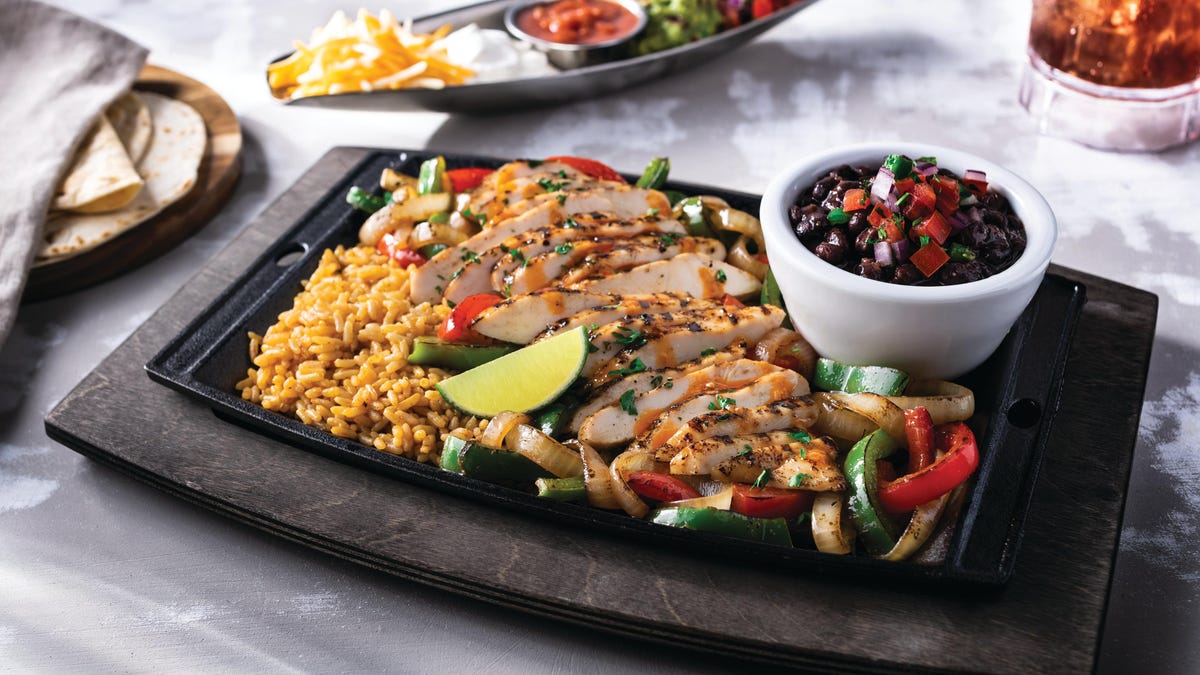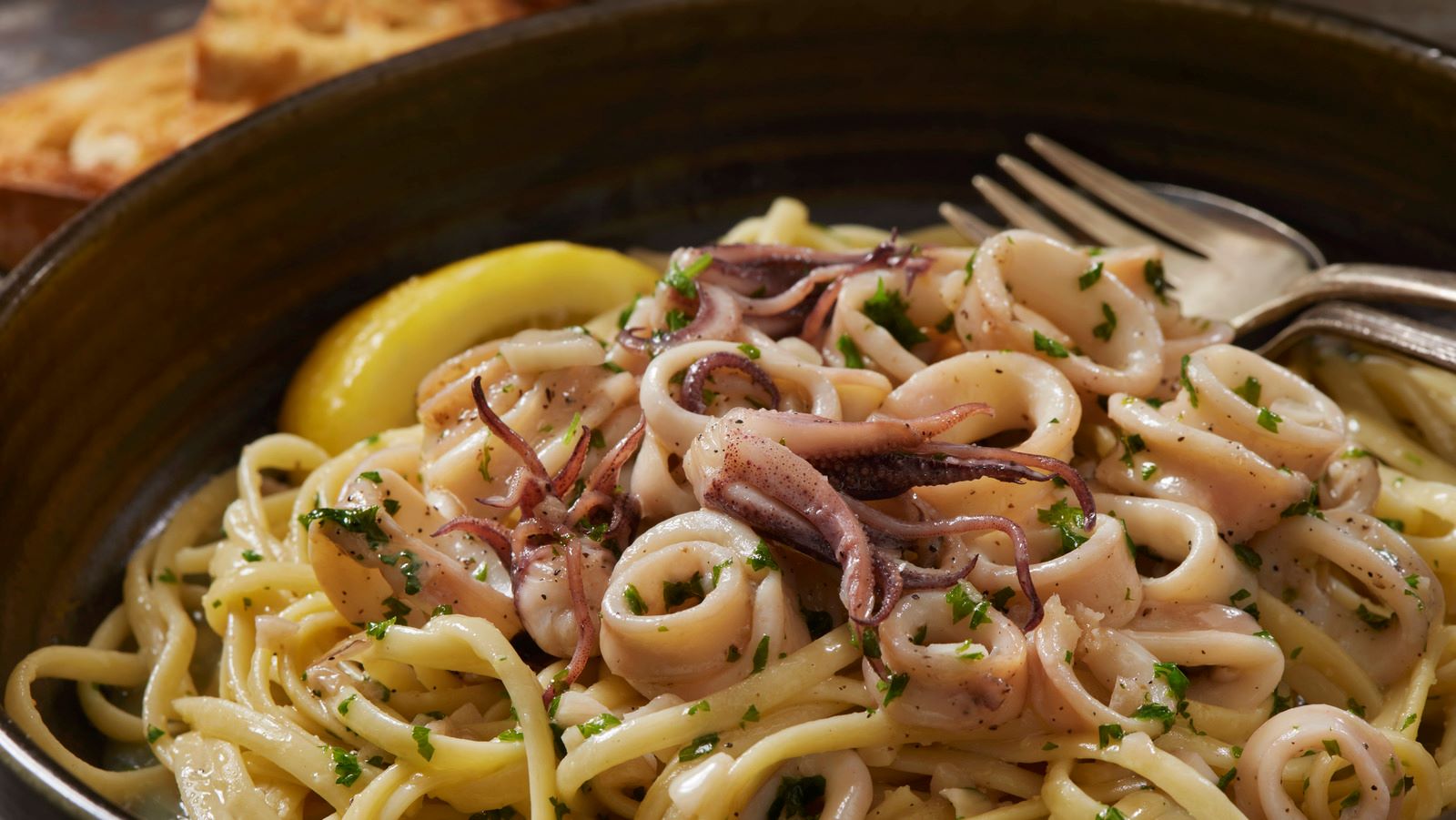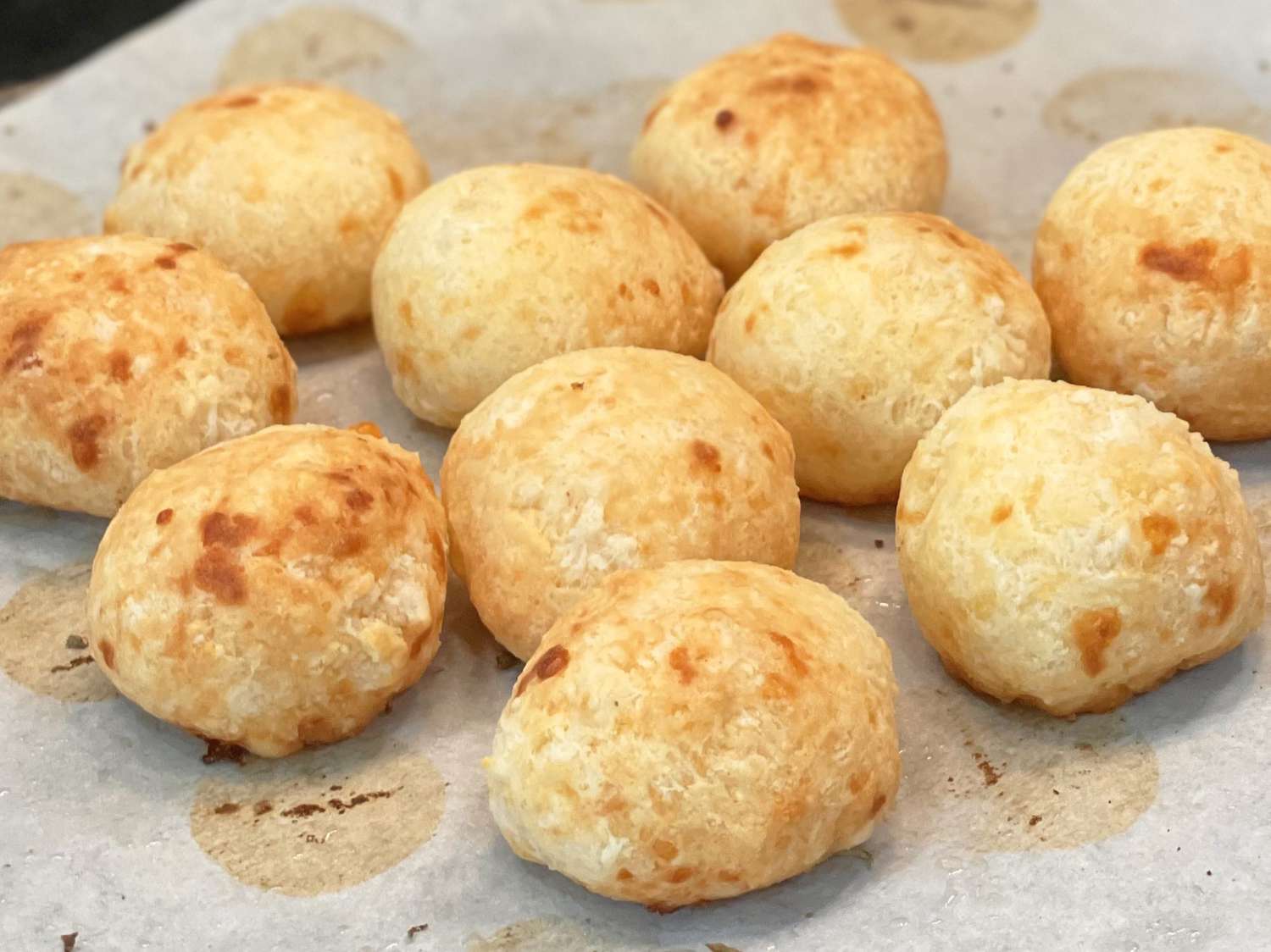How to Eat in France: A Food Lover’s Guide
Bonjour! If you’re planning a trip to France, you’re in for a treat, especially when it comes to the food. French cuisine is renowned for its delicious flavors, rich history, and unique dining customs. To make the most of your culinary experience in France, it’s important to understand the local dining etiquette and traditional dishes. Here’s a guide on how to eat like a local in France:
1. Embrace the Art of Slow Dining
In France, meals are not rushed affairs. Instead, dining is seen as a leisurely and social activity. When you sit down for a meal, be prepared to savor each bite and engage in lively conversation. It’s customary to spend a couple of hours at the table, especially during dinner. So, relax, enjoy the company, and take your time to appreciate the flavors of French cuisine.
2. Understand the Structure of a French Meal
A typical French meal consists of multiple courses, each with its own purpose and flavor profile. Here’s a breakdown of the traditional meal structure:
- Apéritif: This is a pre-meal drink, often a light and refreshing beverage like champagne, kir, or pastis.
- Entrée: Contrary to the American usage, in France, the entrée refers to a small appetizer or starter.
- Plat Principal: The main course, which usually features meat, fish, or poultry accompanied by vegetables or starches.
- Fromage et Salade: A selection of cheeses followed by a light salad, served before dessert.
- Dessert: The sweet finale of the meal, which can range from decadent pastries to fresh fruit.
- Digestif: A post-meal drink, such as cognac or armagnac, to aid in digestion.
3. Embrace Local Specialties
France is a country with diverse regional cuisines, each offering its own specialties and culinary traditions. Whether you’re in Provence, Brittany, or Alsace, be sure to sample the local dishes and ingredients. From bouillabaisse in Marseille to tarte flambée in Strasbourg, each region has something unique to offer. Don’t be afraid to step out of your comfort zone and try something new!
4. Respect Dining Etiquette
When dining in France, there are certain customs and etiquette that are important to observe. For example, it’s considered impolite to start eating before everyone at the table has been served. Additionally, it’s customary to keep your hands on the table, not in your lap, and to use utensils rather than eating with your hands. Showing respect for these traditions will not only enhance your dining experience but also show your appreciation for French culture.
5. Visit Local Markets and Boulangeries
One of the best ways to experience the vibrant food culture of France is by visiting local markets and boulangeries. Wander through the stalls filled with fresh produce, artisanal cheeses, and fragrant spices. Don’t miss the opportunity to pick up a baguette from a neighborhood boulangerie – it’s a quintessential part of the French dining experience.
6. Learn a Few Key Phrases
While many people in France speak English, making an effort to speak a bit of French can go a long way. Learn a few key phrases related to dining, such as “s’il vous plaît” (please) and “merci” (thank you). Not only will this show respect for the local language, but it may also lead to more personalized service and interactions with locals.
7. Enjoy the Ritual of Café Culture
In France, coffee is not just a beverage – it’s a way of life. Take the time to indulge in the ritual of café culture. Whether you’re sipping an espresso at a bustling café in Paris or enjoying a leisurely café au lait in a quaint village, embrace the art of savoring your coffee and soaking in the ambiance of your surroundings.
By immersing yourself in the culinary traditions of France, you’ll gain a deeper appreciation for the country’s rich gastronomic heritage. From the first sip of an apéritif to the last bite of a decadent dessert, every aspect of dining in France is an opportunity to savor the flavors and embrace the culture.
Bon appétit!
Exploring French Cuisine: Authentic Recipes and Practical Tips
For those inspired by the culinary finesse of France, trying your hand at traditional French recipes can further enhance your dining experience. From the hearty Classic Coq Au Vin to the delicate flavors of Traditional Ratatouille, each dish offers a unique taste of French culture. I recommend starting with the Savory Quiche Lorraine for its rich flavor and versatility, perfect for any meal of the day. For dessert, the Decadent Crème Brûlée is a must-try due to its sublime balance of creamy custard and brittle caramelized topping. These recipes not only allow you to practice classic French cooking techniques but also bring a piece of France into your kitchen.

